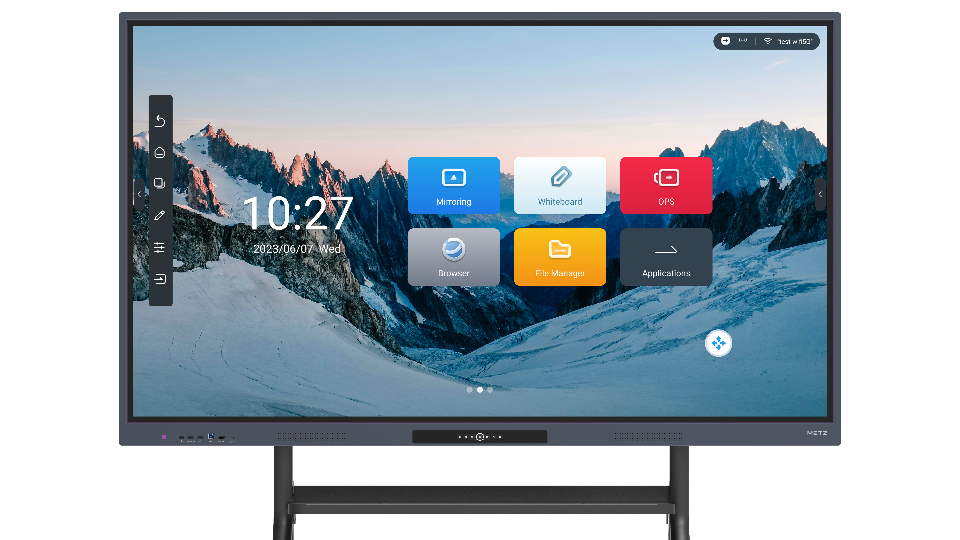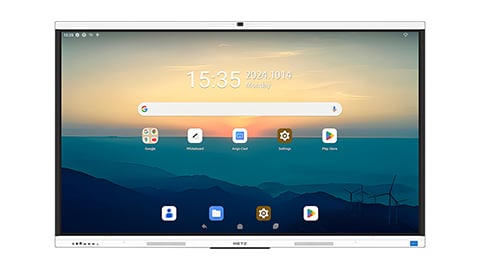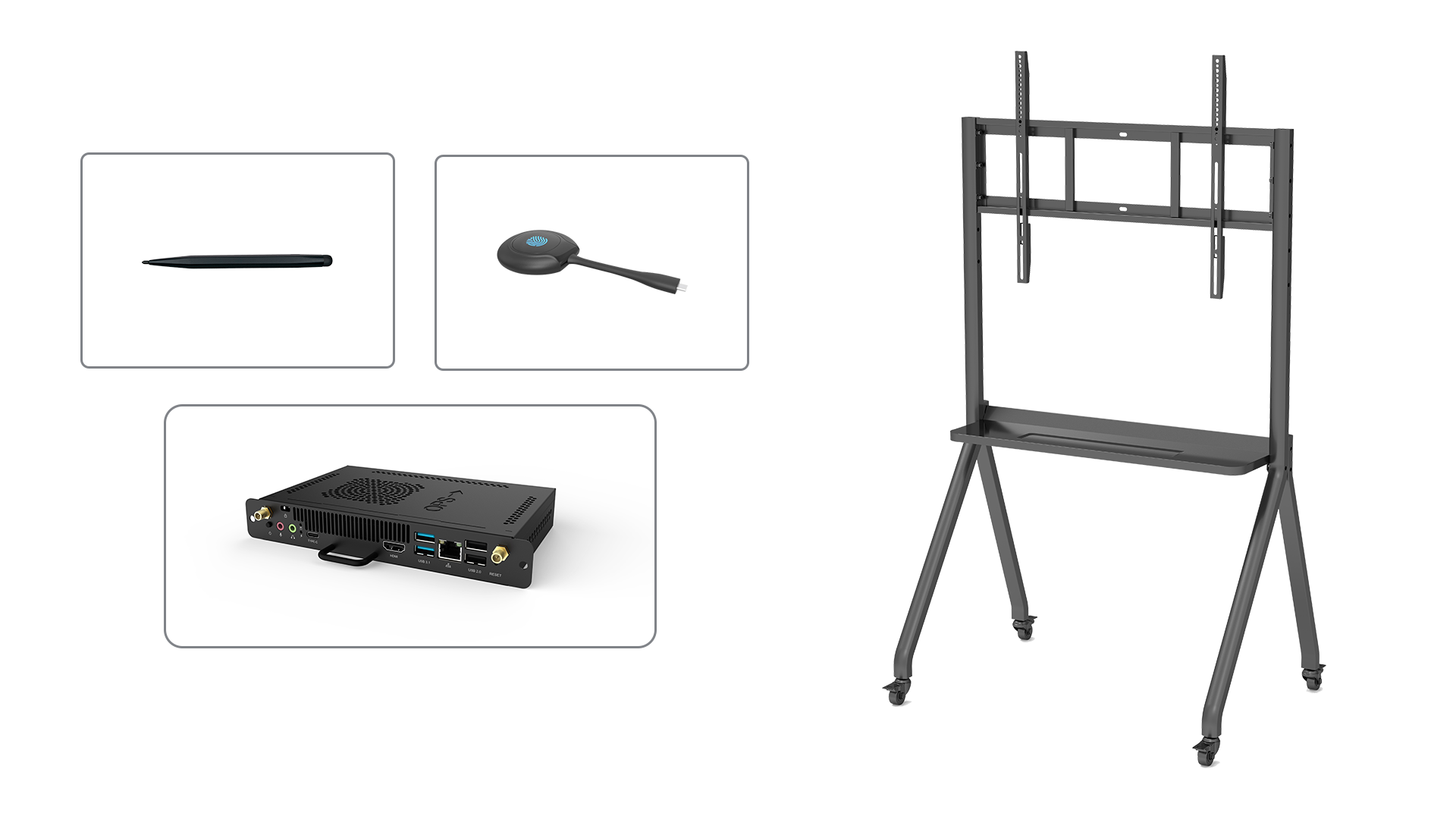
interactive displays primary school
Enhance Learning with Interactive Displays for Primary Schools
Interactive displays have revolutionized the way education is delivered in primary schools. These cutting-edge technological tools offer a range of features that make learning engaging, interactive, and effective. With their user-friendly interfaces and extensive capabilities, interactive displays are becoming increasingly popular in primary school classrooms. In this product description, we will explore the various aspects of interactive displays for primary schools and how they can benefit both teachers and students.
Immersive Learning Experiences
Interactive displays for primary schools provide an immersive learning experience that captivates students' attention and enhances their understanding of the subject matter. These displays allow teachers to incorporate multimedia content, such as videos, images, and interactive games, into their lessons. By creating a dynamic and visually stimulating environment, interactive displays engage students and make learning more enjoyable.
Collaborative Learning Opportunities
Collaboration is an essential skill that students need to develop, and interactive displays facilitate this by offering collaborative learning opportunities. With features like multi-touch functionality and screen sharing, students can work together on projects, solve problems collectively, and engage in group discussions. This promotes teamwork, communication, and critical thinking skills among students.
Interactive Assessments
Interactive displays make assessments more interactive and engaging for students. Teachers can create quizzes, interactive polls, and other interactive assessment activities using the display's software. Students can actively participate, answer questions using touch gestures, and receive immediate feedback. This form of assessment encourages active learning and helps teachers gauge students' understanding in real-time.
Adaptive Learning Tools
Interactive displays often come equipped with adaptive learning tools that cater to students' individual needs and learning styles. These tools can include personalized learning apps, interactive tutorials, and adaptive software that adapts the difficulty level of activities based on students' performance. By providing personalized instruction, interactive displays support differentiated learning and help students progress at their own pace.
Digital Whiteboard Functionality
One of the key features of interactive displays for primary schools is their digital whiteboard functionality. This allows teachers to write, draw, and annotate directly on the screen using a stylus or their fingers. The digital whiteboard can be used to explain concepts, brainstorm ideas, and solve problems in a visually engaging manner. Teachers can easily save and share their work, making it a valuable tool for classroom collaboration and note-taking.
Access to Educational Resources
Interactive displays provide easy access to a wealth of educational resources, including online libraries, educational websites, and interactive learning platforms. Teachers can integrate these resources into their lessons, giving students access to a wide range of educational materials. This not only enhances the quality of teaching but also encourages independent learning and exploration among students.
Enhanced Classroom Management
Interactive displays come with features that enhance classroom management for teachers. They can use the display to display class schedules, announcements, and reminders, keeping students informed and organized. Additionally, interactive displays can be used to monitor and control student devices, ensuring focused learning and minimizing distractions.
Integration with Other Classroom Technologies
Interactive displays seamlessly integrate with other classroom technologies, such as document cameras, projectors, and interactive response systems. This allows teachers to combine different tools and create a comprehensive learning experience. For example, teachers can use the document camera to display physical objects or student work on the interactive display, making it visible to the entire class.
Easy Installation and Maintenance
Interactive displays for primary schools are designed to be user-friendly and easy to install. They typically come with mounting options and can be easily connected to computers and other devices. Additionally, these displays are built to withstand the demands of a classroom environment and require minimal maintenance, ensuring they remain functional and reliable for an extended period.





